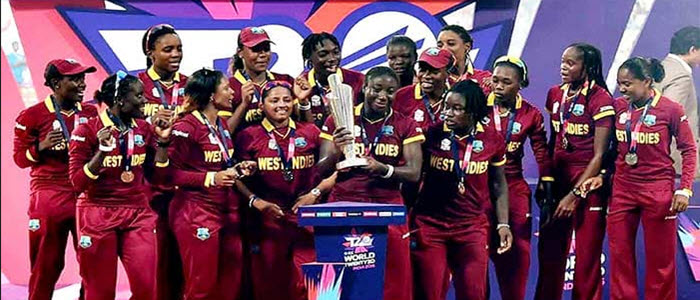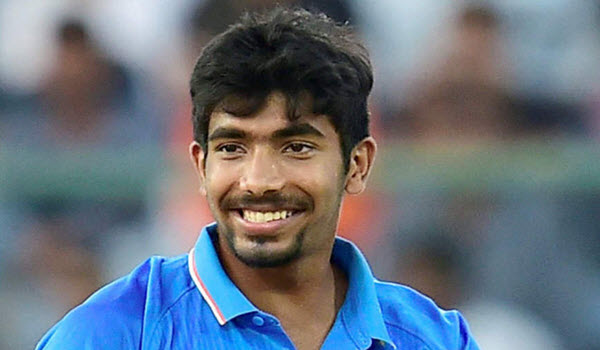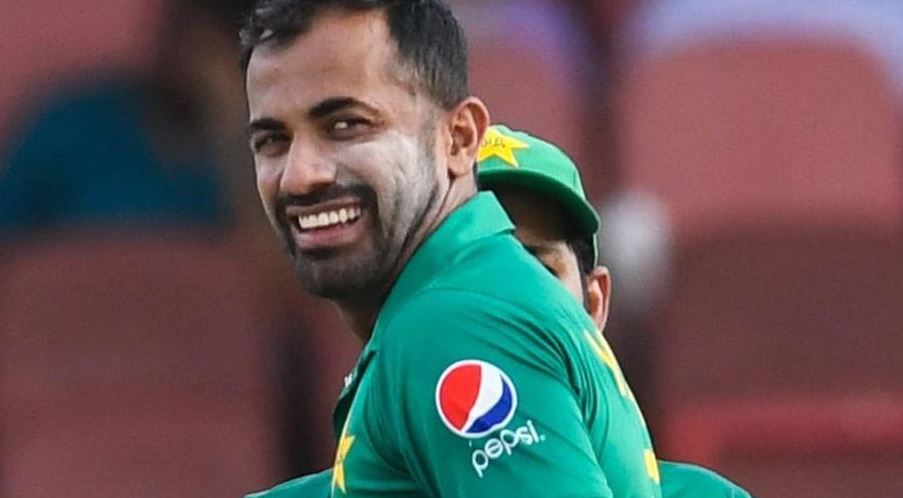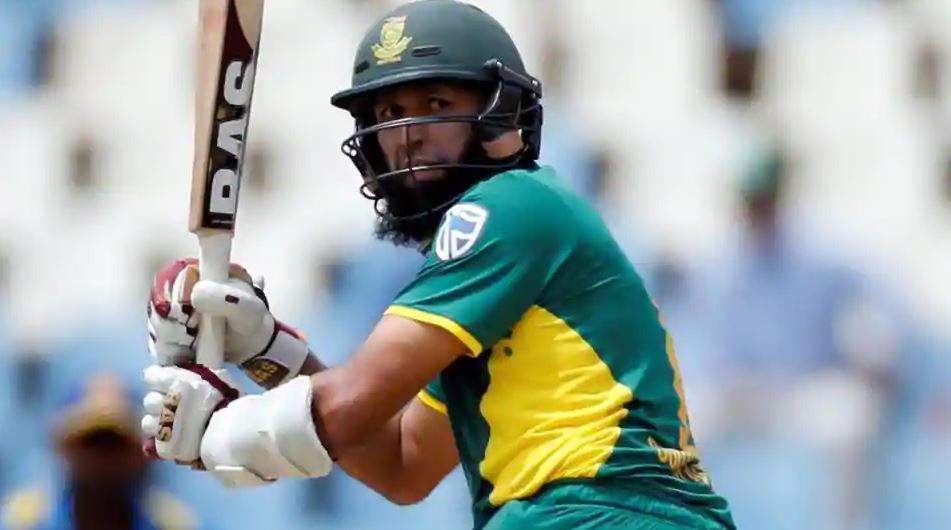West Indies Women Will Tour Pakistan After Almost 15 Years

West Indies, who are the last non-Asian women’s cricket team to tour Pakistan, are scheduled to compete in the country again after almost 15 years. The cricket series, consisting of three T20 Internationals, will occur from 31 January to 3 February 2019 in Karachi, marking the resumption of international cricket for women in Pakistan since the country hosted Bangladesh for two ODI’s and two T20 Internationals in September 2015.
West Indies vs Pakistan Schedule
The West Indies cricket team last toured Pakistan back in March 2004 where they played an ODI series. The West Indies were only the second cricket team to play in Pakistan, after the Netherlands. The West Indies are scheduled to play a total of three T20 Internationals in Karachi at the Southern Club before they move to Dubai to play three ODI’s which forms part of the ICC Women’s Championship.
The 1st ODI will take place at the Dubai International Stadium, while the 2nd and 3rd ODI’s will take place at the ICC Academy ground. The West Indies women cricket squad will arrive in Dubai on 26 January 2019 before they travel to Karachi on 30 January 2019.
Reviving International Cricket in Pakistan
“The West Indies women’s cricket team visiting Karachi is fantastic news not only for the cricket scene in Pakistan but for women’s cricket as well,” Subhan Ahmad stated who is the PCB chief operating officer. “We greatly appreciate the West Indies cricket team for trusting us and accepting the opportunity to play 3 T20 Internationals in Karachi.
The decision made by the West Indies will endorse our position to showcase that Pakistan is as secure and safe as any other country around the world. We are confident that this cricket tour will go a long way to revive the international cricket scene in Pakistan.
“The CWI and the PCB have a long history of mutual respect and collaboration, and this recent decision just further illustrates how strong the relationship is between the two prestigious boards. With the women’s cricket team from West Indies agreeing to participate in 3 T20 Internationals, the CWI has repeated their support as a vital role to ensure international cricket makes its way back to Pakistan.
“By competing in Karachi, the West Indies will also contribute to the popularity and growth of the women’s cricket scene in this part of the world. We are confident that this cricket series will inspire young women to finally take up this incredible sport.”
Although the Pakistan women’s cricket team made their debut as early as 1997, a constant conservative outlook towards females in the cricketing world has meant that they could only play two T20 Internationals, 23 ODI’s and a single Test on home soil. Only two non-Asian women’s cricket teams – West Indies and the Netherlands – have managed to play international cricket in the country.
Thankfully, the women’s cricket scene is returning to Pakistan in 2019, and we can only see good things come from this new development.





